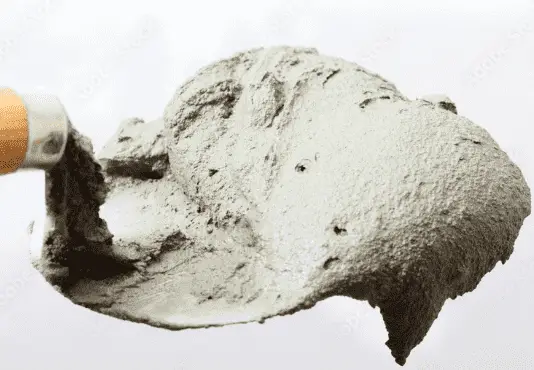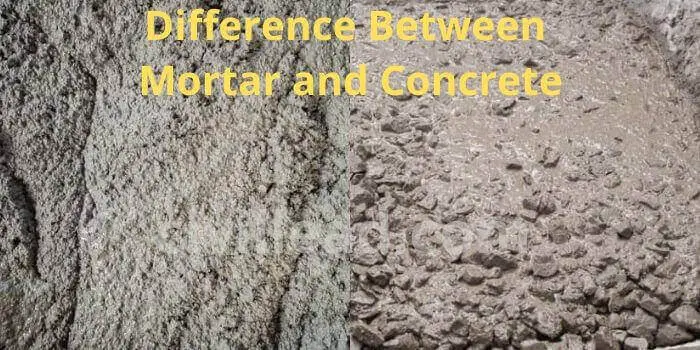Mortar and concrete are two essential building materials in construction engineering. Mortar is a mixture of sand, water, and a binding material, such as cement or lime, used to bond masonry units together. Concrete is a composite material composed of an aggregate (cement, gravel, and sand) bonded with water and hardened by adding chemical admixtures. Together, mortar and concrete form the backbone of many construction projects.

Mortar has been used throughout construction engineering, from ancient Roman architecture to modern-day infrastructure projects. It is typically applied to brick or block walls and provides a strong bond between each masonry unit. Mortar must be carefully mixed to ensure proper adhesion and strength. The sand content helps provide stability, while the cement or lime binder ensures durability and waterproofing properties. In addition, some mortars may include additives such as acrylics that help to increase workability, reduce shrinkage cracking and improve freeze-thaw resistance.
Concrete is one of the most widely used materials in construction engineering today due to its versatility and durability. It can be formed into various shapes and sizes, allowing for complex designs without compromising strength. Concrete’s expansive list of mixed techniques makes it suitable for almost any application, including foundations, driveways, sidewalks, patios, retaining walls, and more. Using chemical admixtures can further enhance concrete performance by increasing workability during placement or reducing curing time by accelerating hardening processes in applications such as precast products or rapid set applications.
The combination of mortar and concrete, when correctly mixed, provides strength along with the aesthetic appeal necessary to build strong structures that will last for years to come – from low-cost housing solutions to skyscrapers that stand as a testament to humanity’s capabilities in construction engineering through innovative design solutions involving both mortar & concrete that suit any project need & budget constraints without compromising on quality & safety standards!
Can you mix mortar and concrete?
Mortar and concrete can not be mixed because mortar has a higher water content, making it difficult to make an appropriate mix. However, if you have mortar for decoration, you can add gravel or other additions to provide texture or strength to the mix.

Many people are often confused about whether or not it is possible to mix mortar and concrete. While mortar and concrete look very similar, they have different characteristics that make mixing them difficult.
Mortar is a mixture of cement, sand, water, and sometimes lime. Its higher water content than concrete makes it more malleable and easier to work with. This makes mortar ideal for decorative applications such as brickwork and stonework.
Concrete, on the other hand, is composed of cement, sand, gravel, and water. The addition of stone helps provide strength to the final product. Due to its high water content, mortar cannot be used in applications requiring a more substantial material like footings or walls.
In theory, it should be possible to combine mortars with concrete if you can determine the correct proportions of each material to get a usable mix. However, this process can be complicated because it requires precise control over the amount of water used in the combination so that the final product does not become too weak or too dense. It also requires experience with mixing concrete so that you get a good balance between strength and workability. Additionally, there may be additional considerations, such as environmental regulations or local building codes, that you need to consider when combining these two materials in one project.
With all this said, mixing mortar and concrete for decorative purposes can still be done if appropriate care is taken when selecting materials and measuring components. For example, adding some gravel or other aggregate materials can help improve the strength of the mix without making it overly dense or complex to work with. Furthermore, adding admixtures like accelerators or air-entertainers can help prevent cracking due to temperature swings or chemical interactions between ingredients while still being lightweight enough for decorative applications like stone veneers or masonry walls.
Ultimately, it depends on your goal when considering combining mortars with concrete—do you want something strong enough to withstand daily wear and tear but still look good and decrease? Or do you want something visually appealing without necessarily needing any structural strength? With careful consideration of these questions and proper preparation techniques for mortar and concrete mixes, it is possible to mix them successfully!




